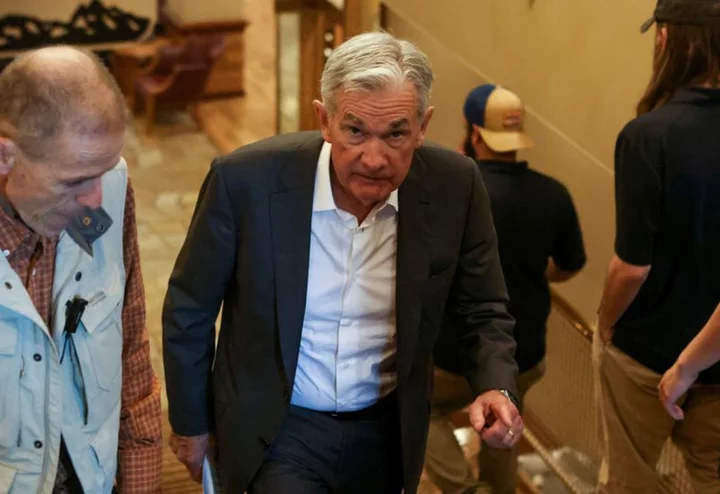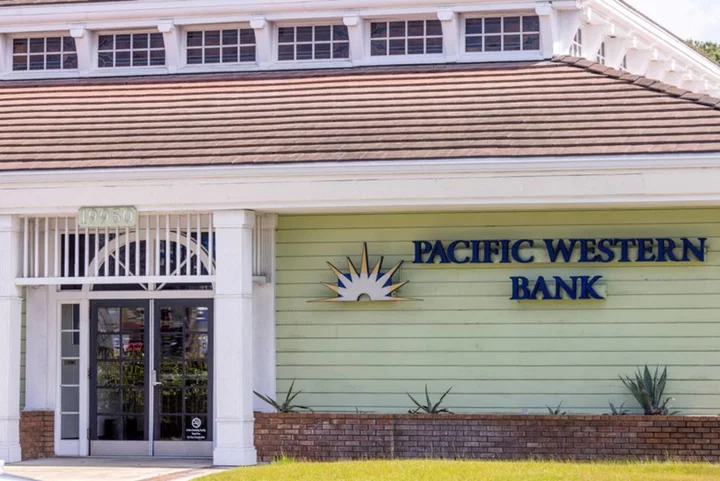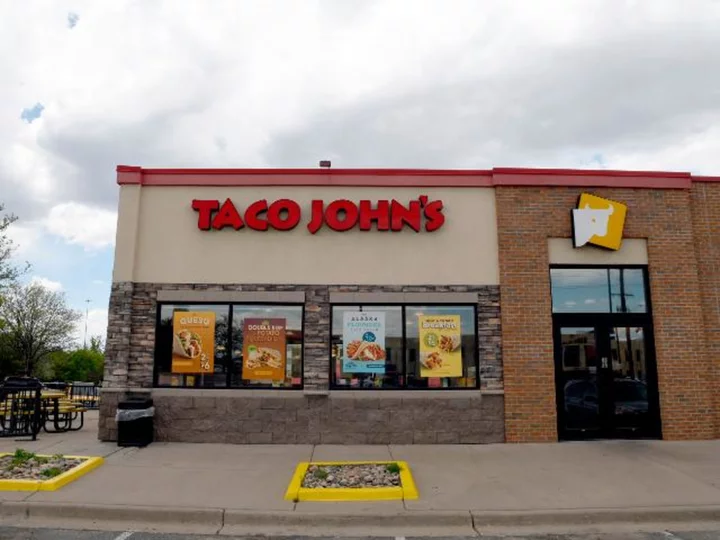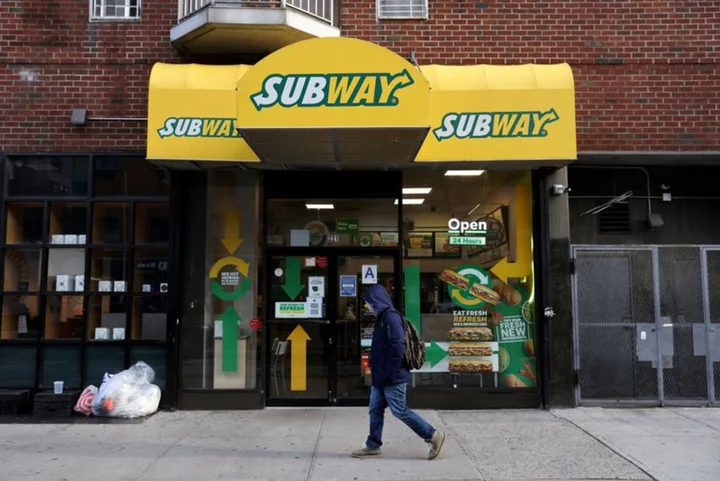By Ann Saphir
Jackson Hole, Wyoming Federal Reserve Chair Jerome Powell historically has come to the influential economic symposium held each August in Jackson Hole, Wyoming, with an urgent task in mind - whether debuting a new way of conducting monetary policy or schooling wayward markets.
It is unclear if he has another such critical mission in mind this year, with inflation off its boil, the economy growing solidly, and the U.S. central bank at or near the end of its most aggressive tightening cycle in a generation.
Regardless, the 70-year-old former investment banker will have the ears of the economic and investing world at the event, which is hosted by the Kansas City Fed. Here's a reminder of what he's said in past years, the economic and policy context, and the market reaction:
Aug 24, 2018: Shifting stars
Powell gave his inaugural Jackson Hole address as Fed chief with the central bank nearly three years into its first attempt at tightening monetary policy since the global financial crisis a decade earlier. What had begun as a fitful effort at lifting interest rates under his predecessor, Janet Yellen, became a more determined affair under the more hawkish Powell as inflation, measured by the personal consumption expenditures price index, was running at its fastest pace in six years.
His speech, "Monetary Policy in a Changing Economy," laid out what has become a key theme of his tenure: Lean less for policy guidance on theoretical markers like the "natural" rate of interest, or R-star in economists' lingo, and more on on-the-ground economic observations. In this particular moment, Powell explained, conditions called for more rate hikes.
Stocks: The S&P 500 index rose 0.6% to 2874.69.
Bonds: The yield on the 2-year Treasury note rose 2 basis points to 2.63%.
Aug 23, 2019: Trump and trade
As it happened, Powell only managed two more rate hikes before a slowdown in growth and inflation brought the tightening cycle to an end in December 2018. In fact, the Fed had begun cutting its policy rate just weeks before his 2019 Jackson Hole appearance to offset headwinds to growth from then-President Donald Trump's trade war with China. Powell's "Challenges for Monetary Policy" speech signaled more rate cuts were likely coming. Trump lashed out at Powell for not easing policy more.
Stocks: The S&P 500 index fell 2.6% to 2847.11
Bonds: The yield on the 2-year Treasury note fell 8 basis points to 1.53%.
Aug 27, 2020: A new framework
The world had changed. The eruption of the COVID-19 pandemic less than six months earlier had caused the most abrupt cessation of economic activity ever recorded, throwing more than 20 million people in the United States out of work in the space of two months. As Powell prepared to speak via a live stream to a symposium held virtually because of social-distancing requirements, a nascent economic recovery was underway, but it was anyone's guess then as to how robust it would be.
Against that backdrop, Powell's "New Economic Challenges and the Fed's Monetary Policy Review" speech outlined the Fed's newly retooled policy goals of "inclusive" full employment and an average 2% inflation rate, the culmination of a nearly two-year review process. He also explained the central bank would no longer raise rates in reaction to falling unemployment unless there was also an unwanted surge in prices. Some argue this new framework was the reason the Fed was late to join the battle against inflation in 2021.
Stocks: The S&P 500 index rose 0.2% to 3484.55.
Bonds: The yield on the 2-year Treasury note rose less than half a basis point to 0.15%.
Aug 27, 2021: "Transitory" inflation
The U.S. rebound from the pandemic recession was proving swifter than most had estimated, buoyed by more than $6 trillion in government relief spending under Trump and his Democratic successor, Joe Biden. At the same time, the recovery was also accompanied by worker shortages and global supply chain disruptions that had sent inflation to 30-year highs at more than twice the Fed's target.
After a summer surge in COVID-19 cases scuttled plans to hold the symposium in person, Powell - still awaiting word on whether Biden would reappoint him as Fed chief - used his "Monetary Policy in the Time of COVID" address to lay out what at the time was the dominant view inside the Fed, that rising inflation was a transitory effect of the pandemic and would mostly wash out on its own. In this telling, there was no hurry to taper the central bank's bond-buying program, let alone to raise rates. The Fed jettisoned this view a few months later.
Stocks: The S&P 500 index rose 0.9% to 4509.37.
Bonds: The yield on the 2-year Treasury note fell 2 basis points to 0.22%.
Aug 26, 2022: "Until the job is done"
With inflation now running at its fastest pace since the early 1980s and unemployment back to the lowest levels since the 1960s, the Fed - with Powell reappointed to the top job at the central bank - had been raising rates for months. Financial markets, anticipating the Fed's tough medicine would trigger a recession, had begun to bet the campaign would soon wind down. "Monetary Policy and Price Stability," Powell's shortest Jackson Hole speech to date, put that view to rest with an unflinching focus on fighting inflation even at the cost of a rise in unemployment. Stocks sank in response, and in the following weeks bonds priced in further policy tightening.
Stocks: The S&P 500 index fell 3.4% to 4057.66.
Bonds: The yield on the 2-year Treasury note rose 2 basis points to 3.39%.
(Reporting by Ann Saphir; Editing by Dan Burns and Paul Simao)









